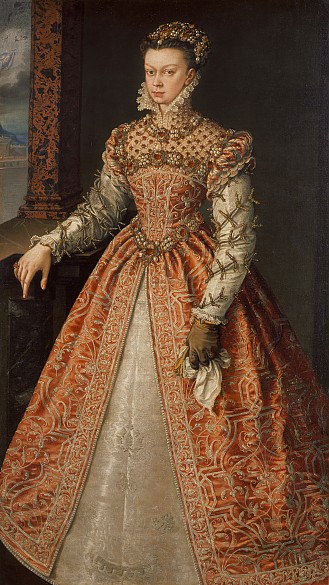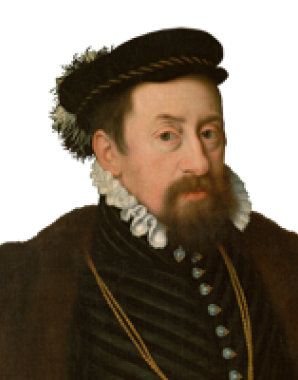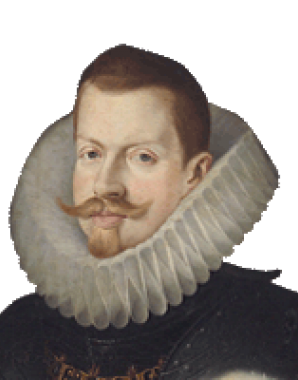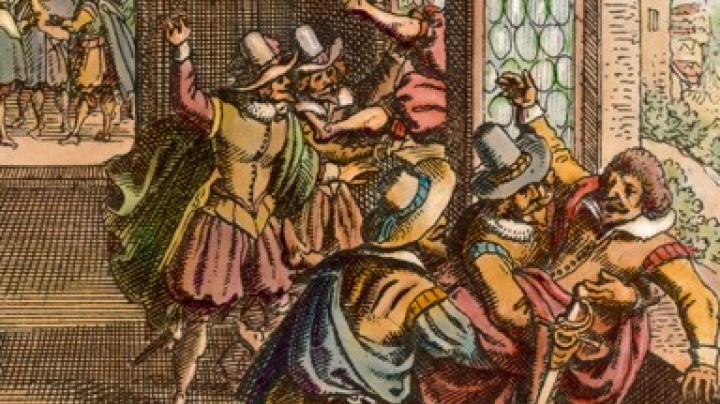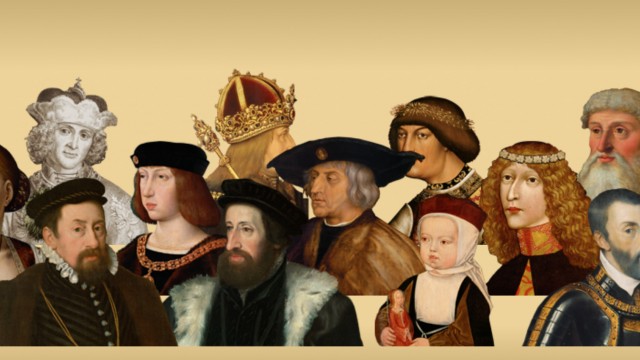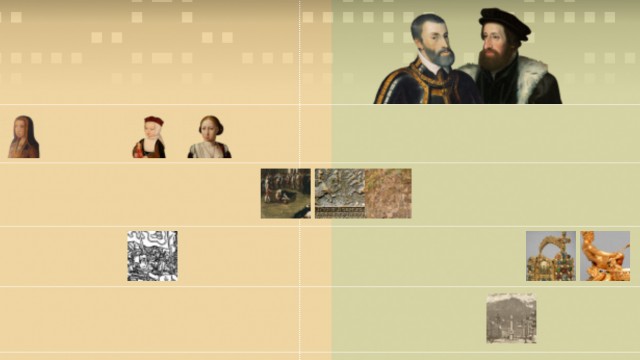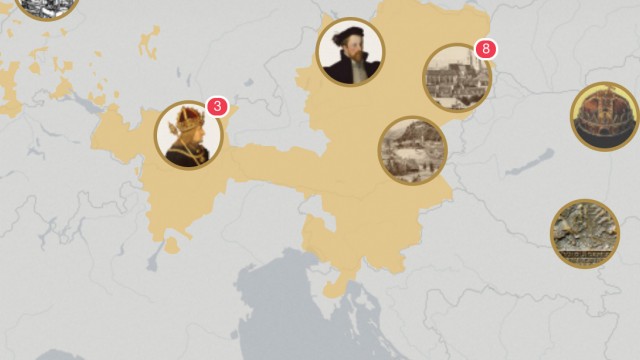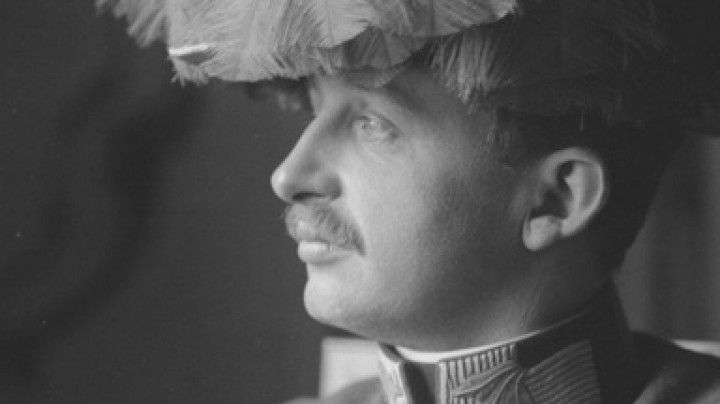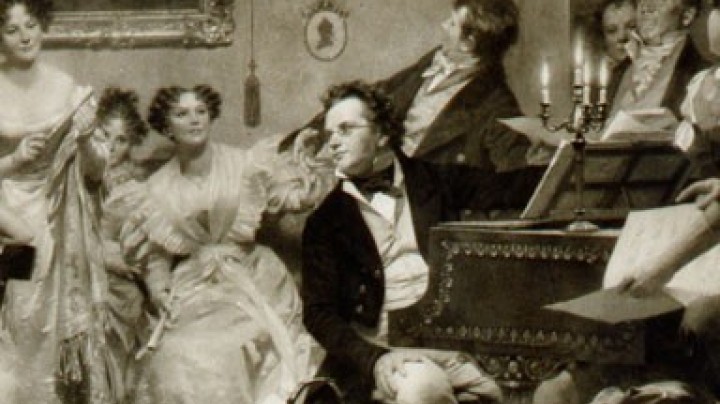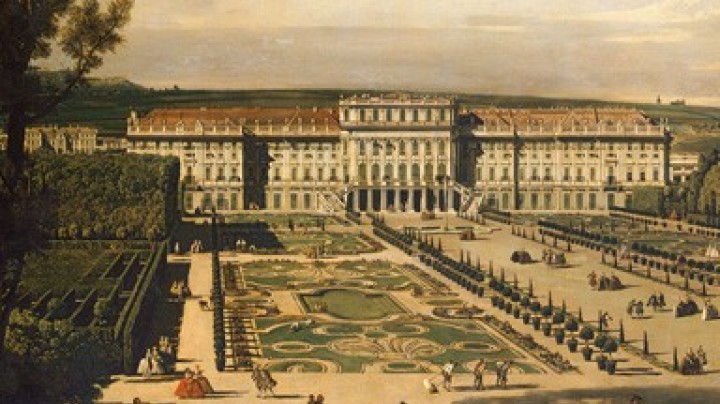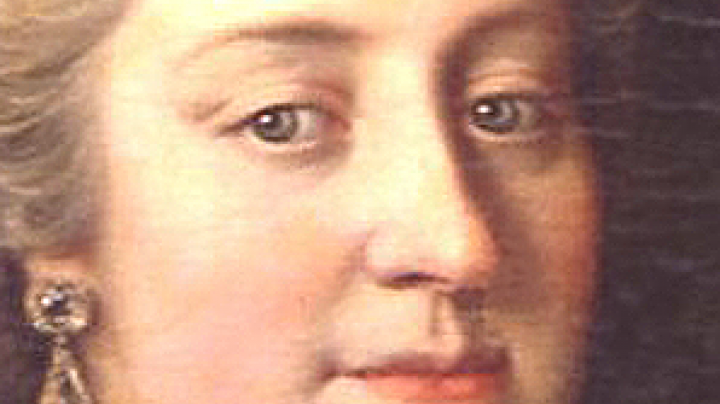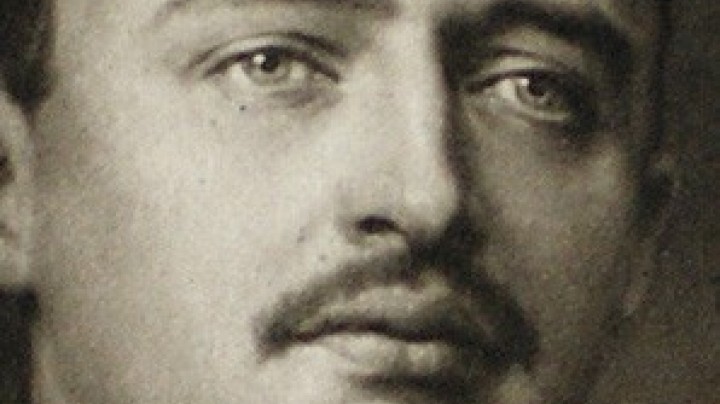Philip II: marriages and offspring
Despite being married four times and siring eight children, Philip II was plagued with concern for the succession. Apart from a daughter and a son most of his children predeceased him.
Philip’s first marriage was to Maria of Portugal (1527–1545). However, this was to be of brief duration, as his young wife died giving birth to her first child. This son, who was given the name of Charles, was a sickly child with a deformed head, but nevertheless represented the only hope of continuing the line for a long time. Charles (1545–1568) is better known to posterity by the Spanish form of his name as Don Carlos from the mark his tragic life has left in literary and musical history.
Philip’s second wife was Mary Tudor (1516–1558), queen of England. The wedding of the young widower to the thirty-eight-year-old monarch, who was said to be old for her age, sickly and bigoted, took place in 1554. Although there were brief rumours that the queen was expecting a child, this was probably a phantom pregnancy and the marriage remained childless. Plans made after Mary’s death for a marriage to her half-sister, Queen Elisabeth I, were not crowned with success.
Philip’s third wife, Isabelle of Valois (1545–1568), was considerably younger, and it was hoped that she would bear a male heir. However, following two miscarriages the French princess bore two daughters with difficulty and died at the age of twenty-three from complications ensuing from a premature birth.
The elder of the two daughters, Isabella Clara Eugenia (1566–1633), became her father’s favourite. She enjoyed a close and trusting relationship with her father and was the only person that the aloof monarch allowed to get close to him. Isabella had originally been intended since her earliest childhood as a bride for Emperor Rudolf II, but the melancholic archduke in Prague prevaricated and temporized, and in the end the union never took place.
The infanta was eventually married to the younger brother of her step-mother, Archduke Albrecht from the Austrian line of the dynasty, who had been appointed governor-general of the Spanish Netherlands. Philip yielded sovereignty of the Netherlands to his daughter, the territory thus becoming an independent state under the joint rule of her and her husband. Albrecht died in 1621, leaving Isabella as sole ruler. Despite military setbacks against the northern provinces, which had de facto achieved independence, the half that remained under Spanish rule experienced a cultural heyday under Isabella’s regency. After her death the Netherlands passed back to the Spanish crown since the couple had no issue.
The younger daughter Catharina Michaela (1567–1597) was married to Duke Charles Emanuel I of Savoy. She was to become the progenitrix of the later Italian royal House of Savoy and is also the great-grandmother of Prince Eugene of Savoy.
With the death of his only son Don Carlos, the problem of the succession became a matter of pressing urgency. Philip thus married again, this time choosing a bride from the Austrian line of the dynasty, Archduchess Anna of Austria (1549–1580), daughter of Emperor Maximilian II and Philip’s sister Maria. The archduchess had originally been intended as a wife for Don Carlos; now he was dead she was married to the bridegroom’s father. Anna was twenty, Philip, her maternal uncle, was already forty-one. Nonetheless, the couple seem to have had a lively marital relationship: the king allegedly visited his young wife up to three times a day in her bed chamber.
At first the couple had three sons, all of whom died young: Ferdinand (1571–1578), Carlos Lorenzo (1573–1575) and Diego (1575–1582). A daughter also died during infancy.
It was not until 1578 that another son was born, who was named Philip after his father. Despite being a sickly child, he survived the dangerous years of childhood. He succeeded his father on the throne as Philip III.
Anna died in 1580 from influenza during her seventh pregnancy. Now widowed for the fourth time, Philip refused to marry again.

